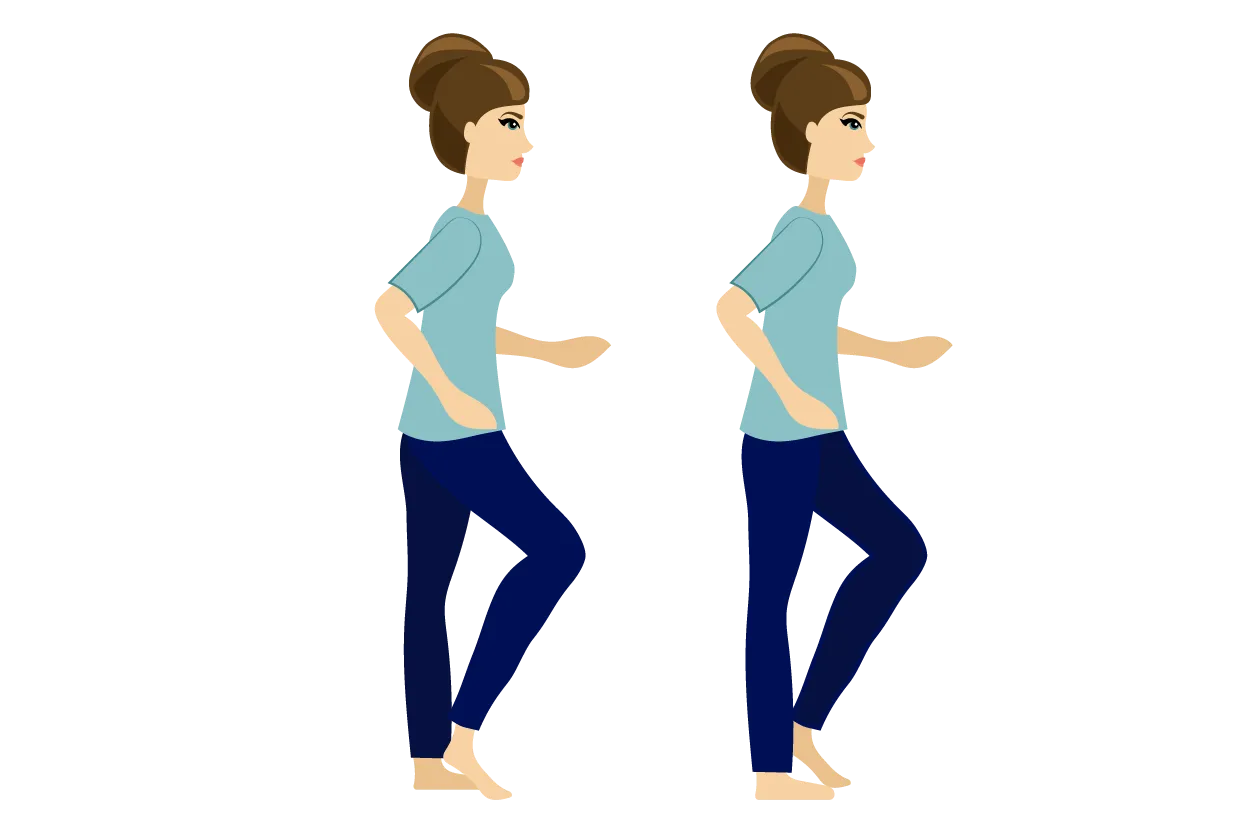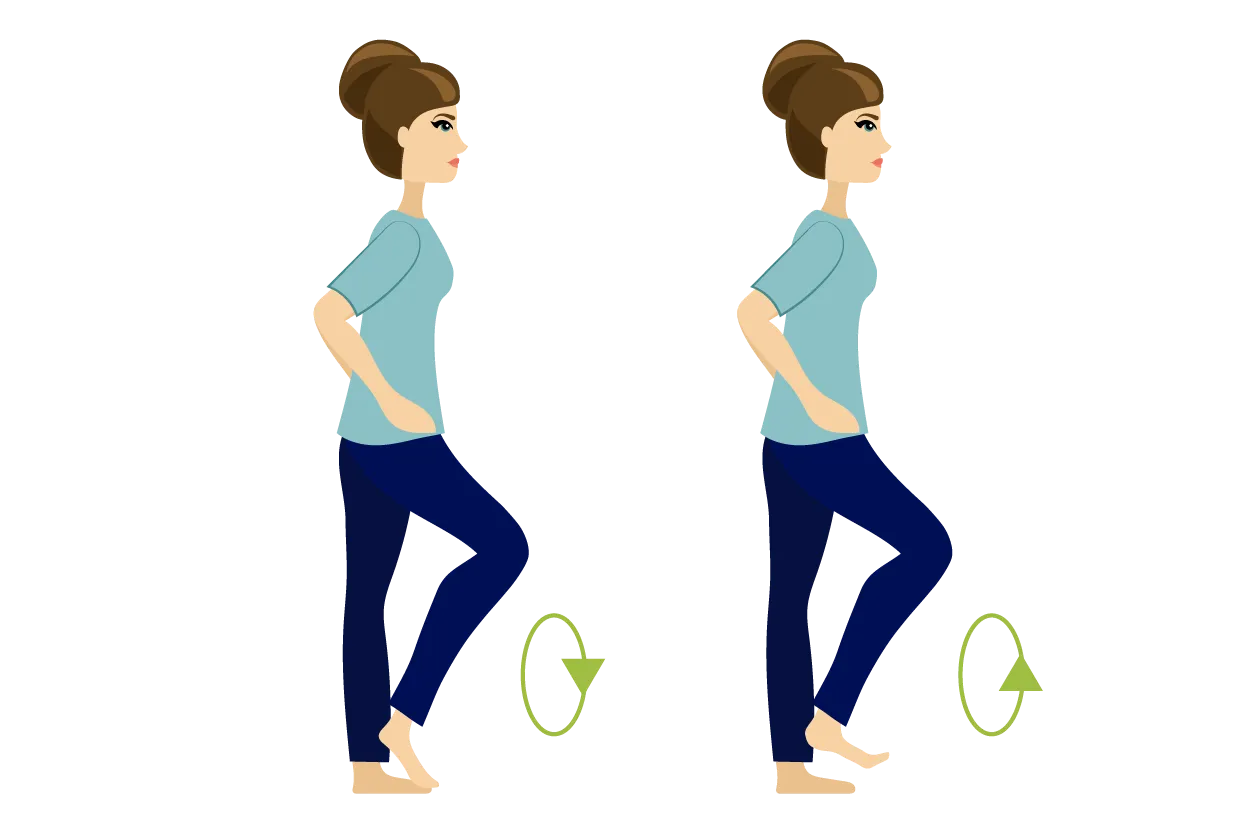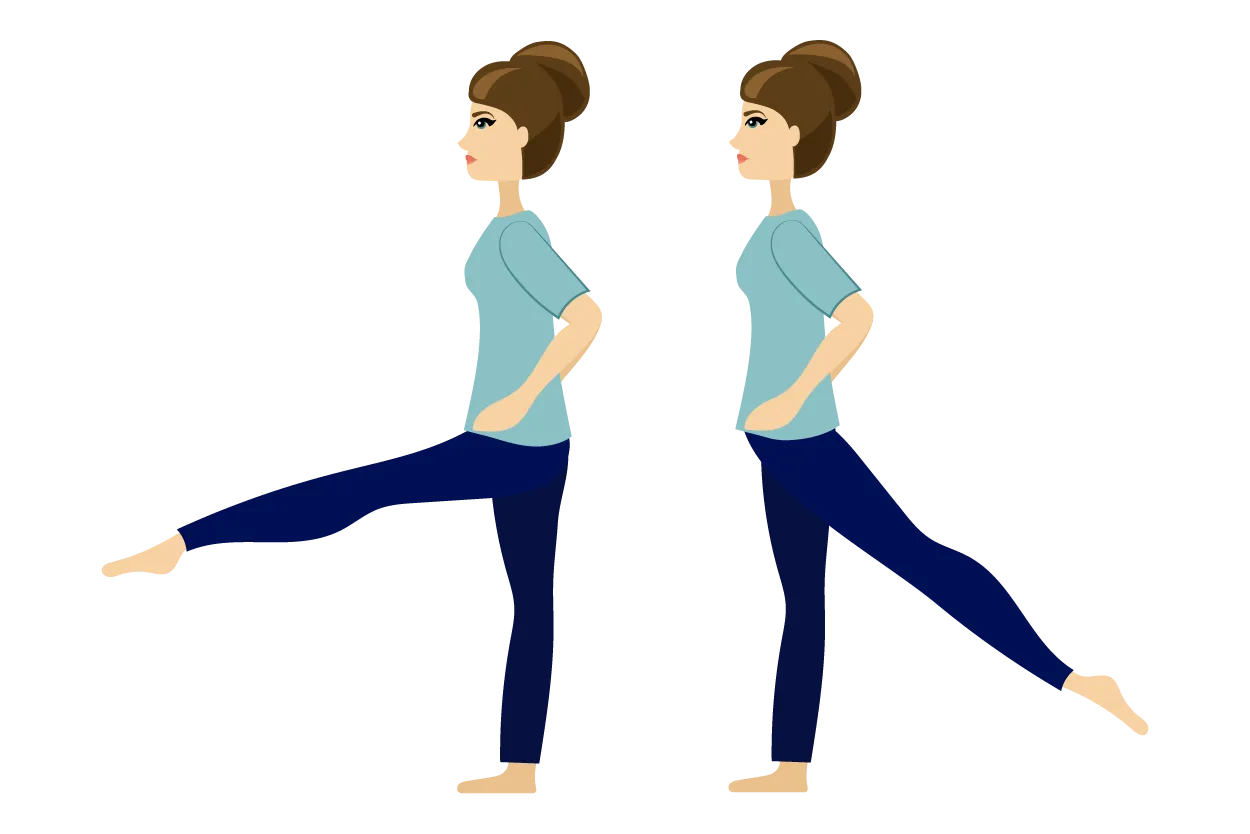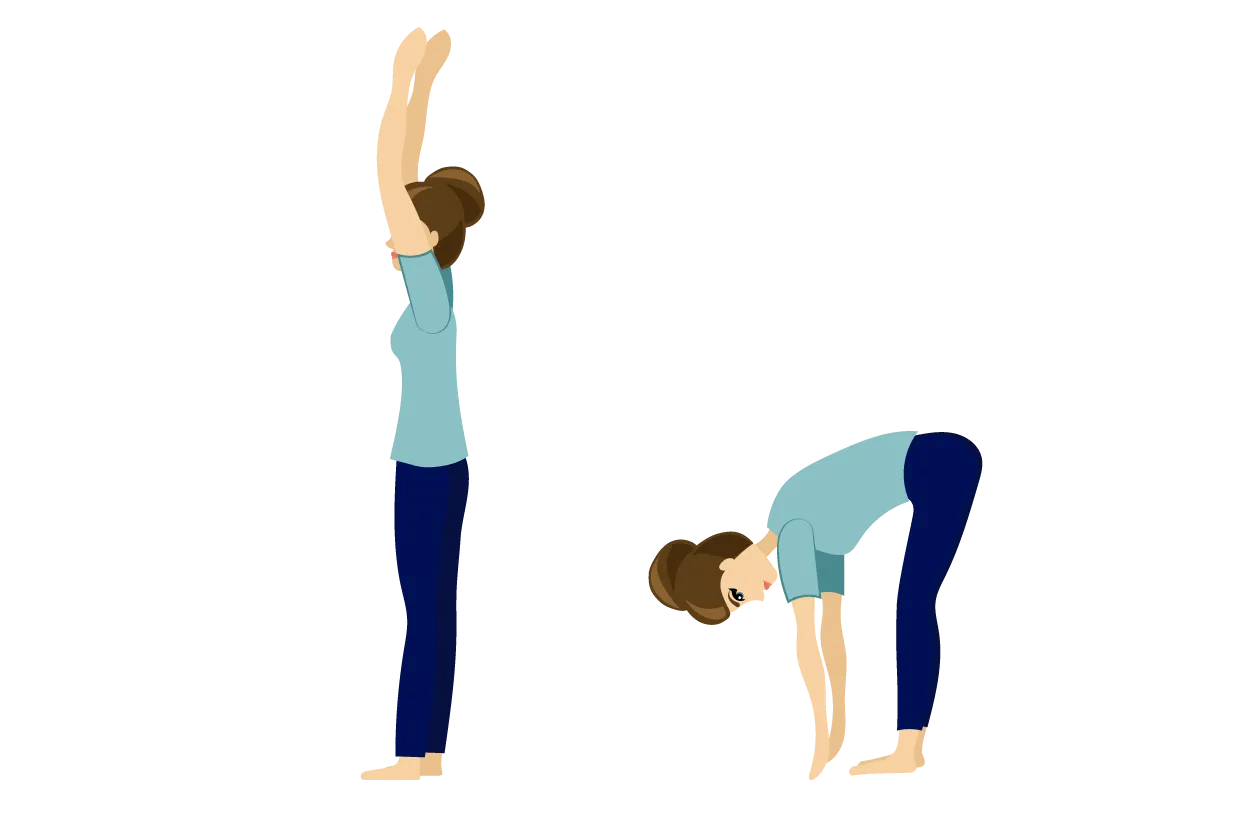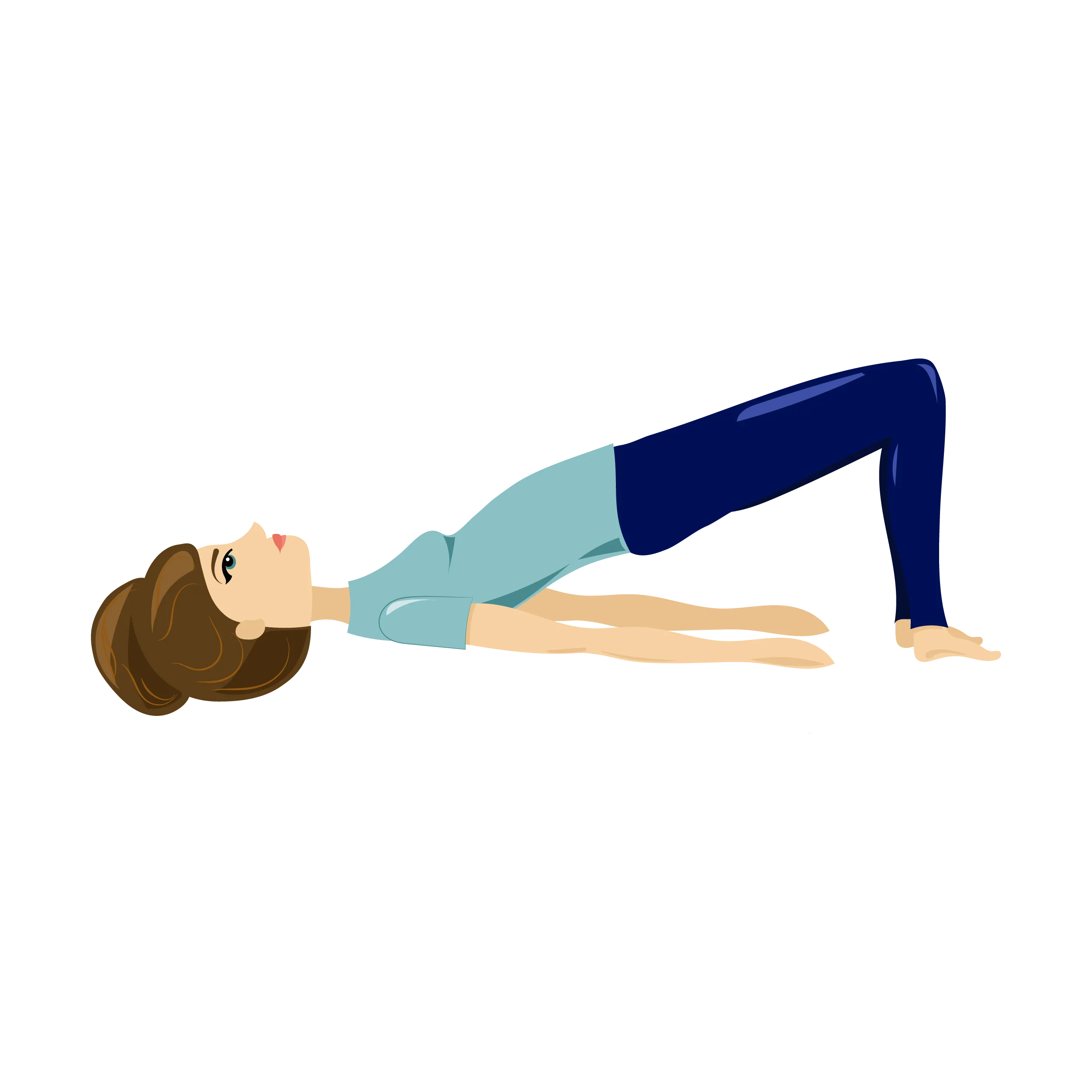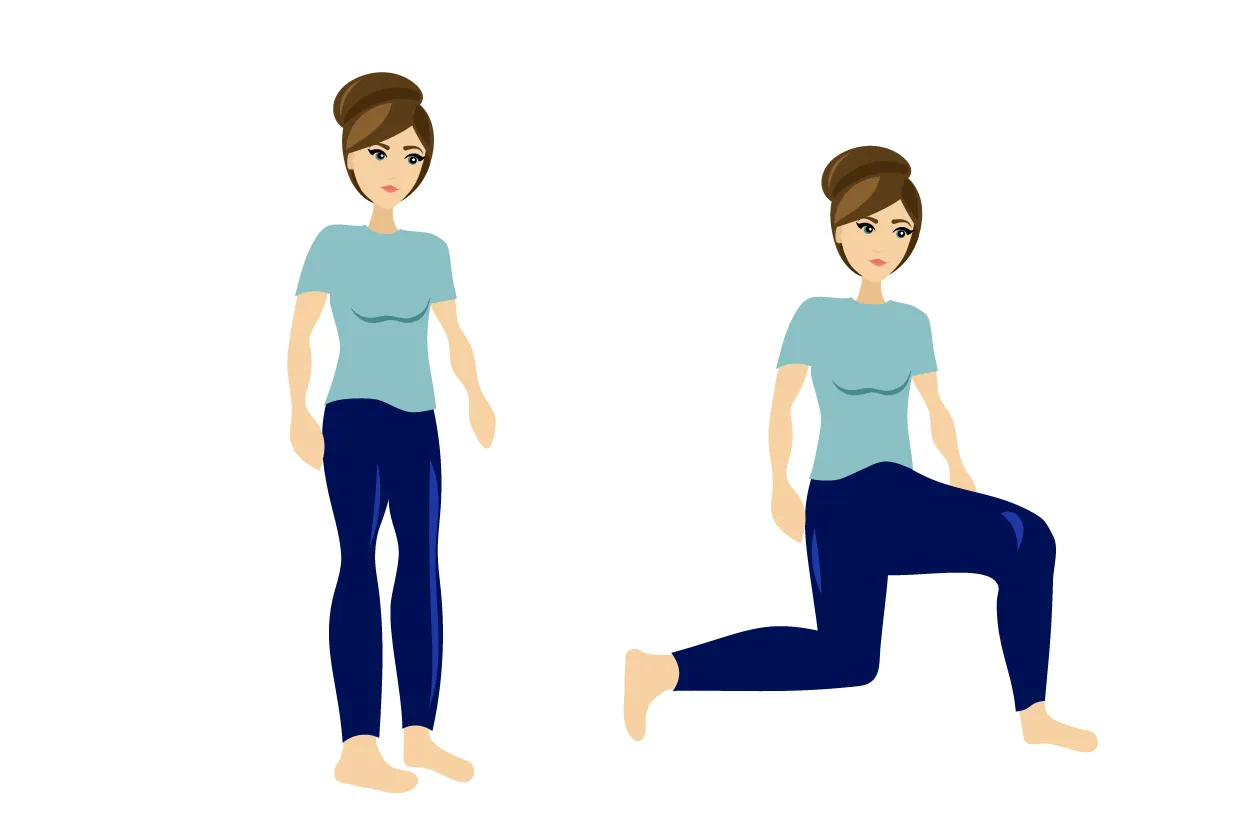There are many benefits to running. You combine cardio training with strengthening important muscles in your legs, core, and back. You strengthen your bones and muscles, which helps if you already have osteoporosis and prevents younger people from developing it. You improve your mental health, as movement boosts the body’s natural “feel-good” chemicals that can reduce pain, stress, and enhance overall well-being and you get an active break from a busy daily life, clearing your mind, improving your breathing, and increasing oxygen flow throughout your body.
Avoid overuse and potential injuries
When you start running, it’s important to ease into it gradually to prevent injuries. Plan for a period of 10-12 weeks where you run two to three times per week.
- Start by walking at a brisk pace and move your arms for 5-10 minutes as a warm-up.
- Then, begin running at a light pace for 1-2 minutes, followed by walking for 1-2 minutes to control your breathing. Repeat this cycle for 20-30 minutes.
- As your fitness improves, gradually increase your running time and decrease your walking time.
- Always listen to your body and stop if you feel pain or discomfort.
- Increase your pace gradually and remember that recovery is just as important as training to avoid injuries and ensure successful runs.
As a supplement to running, it’s important to do strength exercises, especially for your legs. If you do happen to get injured, check out our article on “Acute Injury Treatment” here on the website to learn how to treat it properly.
Three useful tips to get started:
Buy a good pair of shoes with a soft sole – proper running shoes are preferred, but the most important thing is that they feel comfortable and fit well.
Warm up before your run – this helps prevent injuries and prepares your body for activity (see examples of warm-up exercises later in this article).
Consider finding a colleague, friend, or running club. Running with others can be especially motivating and make it easier to get going, even on gray, rainy days.



